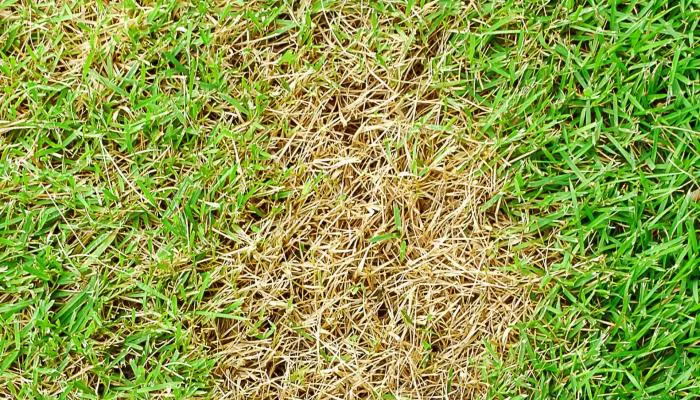A lush, green lawn enhances any property, but fungal diseases can quickly turn vibrant turf into patchy, discolored grass. Understanding common lawn diseases—such as brown patch, large patch, and Pythium blight—helps homeowners detect problems early and take action. This guide covers key symptoms, seasonal risks, and effective treatments to protect your lawn from damaging infections. With proper prevention and timely care, you can maintain a healthy, disease-free yard year-round.
Identifying and Managing Turfgrass Threats
Maintaining a healthy lawn requires vigilance against common fungal diseases that can damage grass. Here are five widespread turf diseases, their symptoms, and recommended treatments.
Brown Patch (Rhizoctonia solani)
A prevalent issue in cool-season grasses like tall fescue, Kentucky bluegrass, and perennial ryegrass, brown patch thrives when nighttime temperatures reach 65–70°F in early summer. The disease manifests as irregular brown patches and can spread rapidly if untreated. Strobilurin-based fungicides (QoI family) provide up to 28 days of protection and also combat other concurrent diseases.
Large Patch (Rhizoctonia solani)
Affecting warm-season grasses such as zoysiagrass and bermudagrass, large patch appears in spring or fall under cool, moist conditions. Symptoms start as small circular patches but can expand dramatically. Fungicides—including strobilurins, SDHIs, and combination products—are most effective when applied preventively in autumn or early spring.
Pythium Blight (Pythium aphanidermatum)
This aggressive water mold targets poorly drained or overwatered turf, particularly seedlings. Symptoms include small grayish, water-soaked circles with possible white fungal growth. Preventive fungicides (e.g., mefenoxam) are crucial, as treatments after symptoms appear are far less effective.
Pink Snow Mold (Microdochium nivale)
Despite its name, pink snow mold doesn’t require snow and thrives in cool, humid climates like the Pacific Northwest. Early signs include water-soaked patches with reddish-pink edges. Demethylation inhibitor (DMI) and strobilurin fungicides offer the best preventive control, though repeated applications may be necessary.
Summer Patch and Necrotic Ring Spot
These diseases primarily affect Kentucky bluegrass, causing circular tan or brown patches in late summer. Damage occurs earlier in the season, making preventive fungicide applications—timed when soil temperatures hit 65°F—critical. Once symptoms emerge, irrigation helps recovery, but chemical treatments are ineffective.
Proactive monitoring and early intervention are key to preserving lawn health. Homeowners should consult turf specialists for tailored solutions based on regional conditions.

